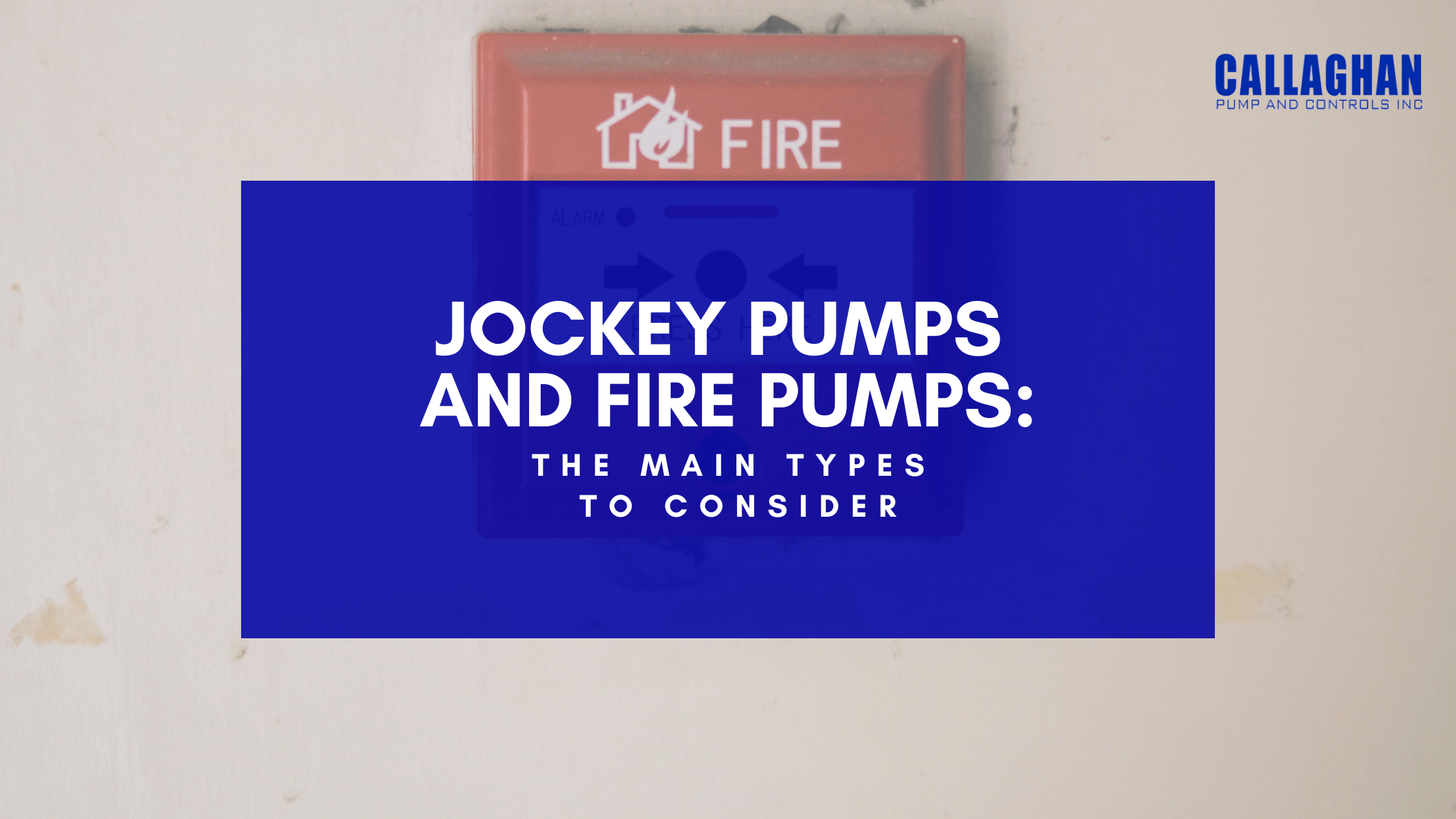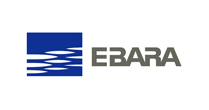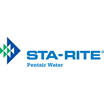
January 11th, 2023
Interested in improving the hydraulic performance of your fire protection or sprinkler system? Then consider installing jockey pumps and fire pumps.
They not only improve hydraulic performance, but they also maintain adequate water pressure throughout the system during a fire emergency. However, it’s crucial to know what type of fire pump would be best for your space.
The first in the list is the horizontal split case (HSC) pump, which received its name from its casing’s split design. You can use such types of fire pumps for water flows in excess of 5,000 gpm. If you have a concern about floor space, HSC pumps are not ideal for flows below 1,000 gpm.
Please note that an HSC pump is not necessarily mounted horizontally. You can have the same durability features with a vertical diesel fire pump package. It is connected to a driver by a coupling or drive shaft. When mounted horizontally, this will create a larger footprint. Also, the casing is designed to manage higher working pressures, often making it heavier.
End-suction fire pumps get their name from the passageway from which the water enters the pump. Generally speaking, it enters one side of the impeller. So, you will lose the ability to have bearings on both sides of the impeller. This also means that end-suction horizontal pumps don’t operate well on large water flow applications. The main benefit of such types of pumps is that they come at a lower initial cost.
Unlike the HSC, the suction pipe and motor are parallel to each other to eliminate concerns about the fire pump rotation. If it’s a diesel fire pump package, then you have another advantage: The ability to situate the engine in parallel/near a wall.
Make sure you consider proper air ventilation. The disadvantage is that you will need to remove the motor to remove the impeller. This could be a complex procedure for those maintaining the pump.
When space savings and lower initial costs are your main concerns, go for end-suction vertical designs. In this case, the water entering the impeller is identical to a horizontal end-suction design, but the casing is different. It is designed in such a way that the motor is mounted on top and the pump flanges coincide with the same elevation centre line.
As far as jockey pumps and fire pumps go, end-suction vertical pumps require the smallest installation space. These pumps fill in pump gpm rating gaps as they are available to take advantage of smaller applications like 50 gpm, 100 gpm, 150 gpm, etc. Also, the mechanical design of an end-suction pump is the least expensive among all pump types.
Often known as vertical turbines, vertical shaft turbine pumps have impellers that are submerged in the water source. These pumps include a bowl assembly and several impellers on a vertical shaft. They are extremely helpful in areas where water is scarce, but also when installing an above-ground tank is not possible.
Almost any discharge pressure can be ordered with vertical shaft turbine pumps. You can add several impellers for additional pressure. When properly installed, you don’t have to worry about any priming concerns or air in the suction pipe. The disadvantage is that these pumps can be a challenge to service. Also, special care is required before operating a vertical turbine pump for the first time.
Rotary gear pumps are the last in our list. They are used for a wide variety of fire pump applications, from high to low flow requirements. Unlike any other pump type in this list, they are built to self-prime. They are small and portable rotary gear pumps that are often best in rural areas to pump water from ponds or streams.
These pumps operate through a positive or fixed displacement of the water being pumped, which is accomplished through pump gears. They can move a specific amount of water per gear revolution. No throttling is present in rotary gear pumps, so you will need a relief valve. However, they have a high operating noise with hydraulic efficiencies slightly less than other types of pumps. This is why these pumps are often ideal for high-viscosity liquids.
So, that was everything you need to know about different types of fire pumps. If you still aren’t sure about the pump type and fire pump sensing line details, then don’t hesitate to contact us. We offer a wide range of jockey pumps and fire pumps and will help you determine which one is right for your building.
john@callaghanpump.com,
eileen@callaghanpump.com,
dan@callaghanpump.com,
sales@callaghanpump.com,
service@callaghanpump.com












